Home>Furniture>Outdoor Furniture>How Does A Patio Heater Work
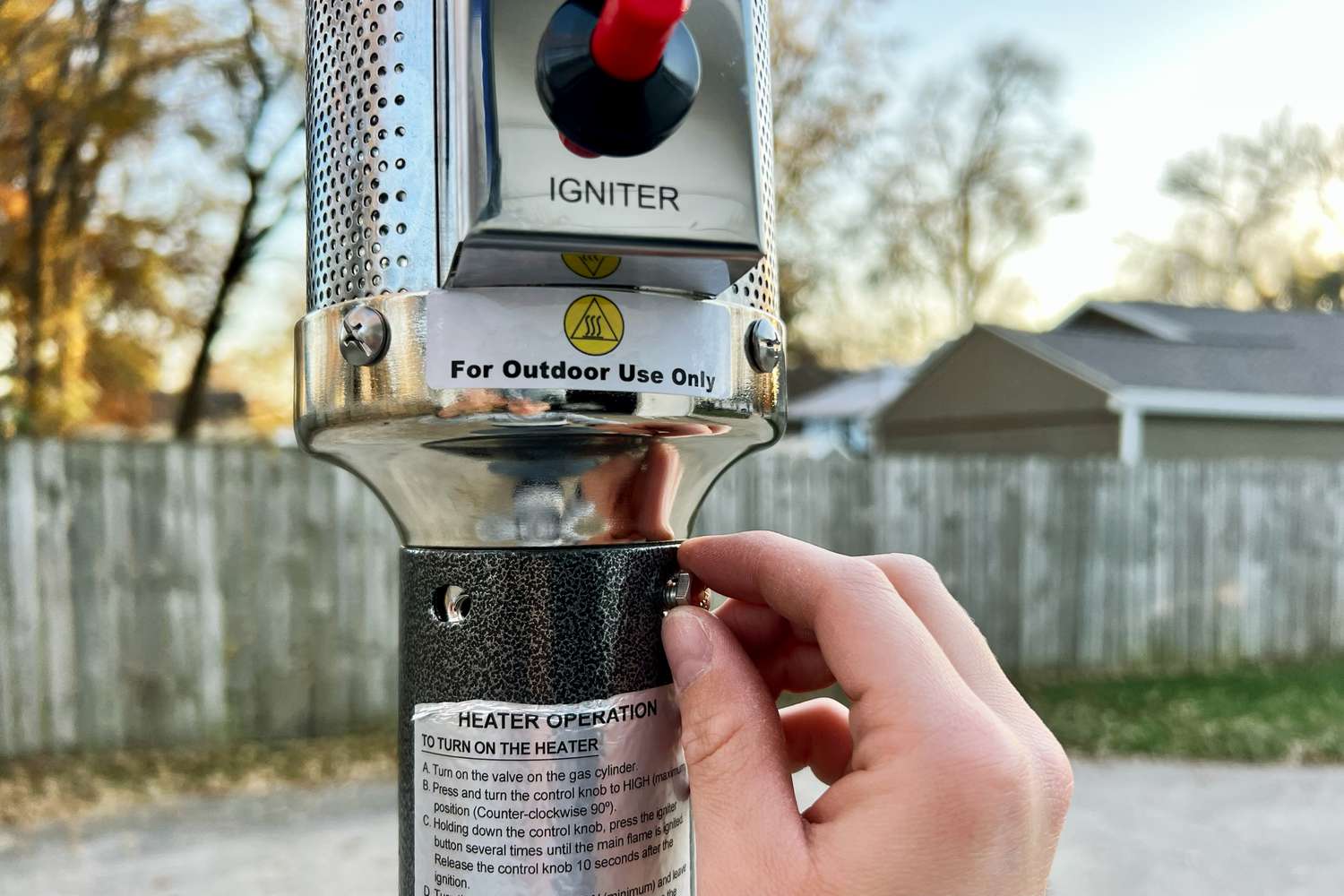

Outdoor Furniture
How Does A Patio Heater Work
Modified: March 7, 2024
Discover how outdoor patio heaters work and keep your outdoor furniture cozy and warm. Learn about the mechanics and benefits of these essential outdoor accessories.
(Many of the links in this article redirect to a specific reviewed product. Your purchase of these products through affiliate links helps to generate commission for Storables.com, at no extra cost. Learn more)
Introduction
When the temperature drops and the chilly winds start blowing, enjoying your outdoor space can become quite uncomfortable. However, with the help of a patio heater, you can extend your outdoor time and create a cozy and inviting atmosphere. But have you ever wondered how these heaters work?
In this article, we will explore the ins and outs of patio heaters and shed some light on their inner workings. From the different types of patio heaters to their fuel sources and safety features, we will cover everything you need to know about these outdoor marvels.
So, grab your favorite beverage and join us on this journey as we delve into the fascinating world of patio heaters.
Key Takeaways:
- Stay warm outdoors with a patio heater! Choose from freestanding, tabletop, hanging, or wall-mounted types, and enjoy radiant heat for a cozy outdoor experience.
- Keep safe and cozy with a patio heater! Look for safety features like tilt switches and flame failure devices, and remember to maintain and clean your heater for optimal performance.
Read more: How Does A Space Heater Work?
Types of Patio Heaters
Patio heaters come in various shapes, sizes, and styles, making it easier for you to choose the one that best suits your outdoor space. Here are some of the most common types of patio heaters:
- Freestanding Heaters: This type of patio heater is a popular choice for larger outdoor areas, such as patios and gardens. It stands independently and emits heat in all directions, providing a wide coverage area for everyone to bask in its warmth.
- Tabletop Heaters: These compact patio heaters are designed to sit on top of a table or any other stable surface. Perfect for outdoor dining or smaller gatherings, tabletop heaters emit heat at a lower height, ensuring everyone seated around the table can enjoy the warmth.
- Hanging Heaters: As the name suggests, hanging patio heaters are suspended from an overhead structure like a pergola or ceiling. They save space and provide heat from above, creating a cozy and inviting atmosphere.
- Wall-Mounted Heaters: This type of patio heater is an excellent choice for those who want to save space or have limited floor space. Wall-mounted heaters are installed on the wall and emit heat in a specific direction, ensuring targeted warmth.
- Infrared Heaters: Infrared patio heaters work by emitting infrared radiation that directly heats objects and people in its path, rather than heating the surrounding air. This makes them a more efficient option as they provide instant warmth without wasting energy.
Each type of patio heater has its advantages and is suitable for different outdoor spaces and requirements. Consider factors such as the size of your outdoor area, the number of people you expect to gather around the heater, and your heating preferences to choose the right type of patio heater for your needs.
Burner Mechanism
The burner mechanism is an integral component of a patio heater that is responsible for generating heat. It consists of a burner head, a fuel source, and an ignition system.
The burner head is usually made of stainless steel or other heat-resistant materials and is designed to evenly distribute heat. It has small holes or slots through which the fuel is released and ignited.
There are two primary types of burner mechanisms found in patio heaters:
- Propane Burner: Propane is a commonly used fuel source for patio heaters. The propane burner mechanism consists of a propane tank that connects to the burner head via a hose. When the heater is turned on, propane flows from the tank and mixes with air near the burner head. The ignition system then ignites the mixture, creating a flame that produces heat.
- Natural Gas Burner: Some patio heaters use natural gas as their fuel source. Natural gas burners are typically connected to the natural gas supply line of a property. Similar to the propane burner, natural gas flows into the burner head, mixes with air, and is ignited to generate heat.
The burner mechanism is designed to regulate the flow of fuel and maintain a consistent flame. It is crucial to ensure that the burner head is clean and free from debris to ensure optimal performance. Regular inspection and maintenance of the burner mechanism are recommended to prevent any blockages or malfunctions.
Fuel Source and Ignition
The fuel source and ignition system are essential components of a patio heater that enable it to generate heat. Let’s take a closer look at the different fuel sources and ignition methods commonly used in patio heaters.
1. Propane: Propane is a popular fuel source due to its convenience and availability. Patio heaters that run on propane are equipped with a propane tank, typically located at the base of the heater. The tank is connected to the burner mechanism through a hose. One of the main advantages of using propane is that it allows for easy mobility of the patio heater, as it is not dependent on a fixed gas supply.
2. Natural Gas: Some patio heaters are designed to be connected to a natural gas supply line. Natural gas is a cost-effective and efficient fuel option. Unlike propane, which requires tank refills, natural gas offers a continuous fuel source without the need for refueling. However, it is important to note that natural gas patio heaters are typically fixed in place and lack the portability of propane-based heaters.
3. Electric: Electric patio heaters have gained popularity in recent years due to their simplicity and ease of use. These heaters use an electric power source to generate heat. They typically come in two forms – freestanding units or wall-mounted units. Electric patio heaters are easy to operate, require no fuel refills, and provide instant heat with the flip of a switch.
As for the ignition system, different patio heaters employ various methods to ignite the fuel and start the heating process:
1. Piezo Ignition: Many propane-based patio heaters use a piezo ignition system. This system creates a spark that ignites the fuel mixture, starting the flame. Piezo ignition is reliable, efficient, and does not require external power to operate.
2. Electric Ignition: Some patio heaters, especially those powered by natural gas or electricity, feature an electric ignition system. This type of ignition relies on an electric spark or pilot light to ignite the fuel.
3. Match-Lit: In certain cases, patio heaters may utilize a manual match-lit ignition system. With this system, a match or lighter is manually used to ignite the fuel.
The choice of fuel source and ignition method depends on personal preference, the availability of fuel sources, and the type of patio heater you have. It’s always important to follow the manufacturer’s instructions for fueling and igniting your patio heater to ensure safe and proper operation.
A patio heater works by using a fuel source, such as propane or natural gas, to create heat through a burner. The heat is then radiated outwards, warming the surrounding area. Make sure to always follow the manufacturer’s instructions for safe use.
Heat Distribution
One of the key aspects of a patio heater is its ability to distribute heat effectively, ensuring that everyone in the vicinity can feel its warmth. Let’s explore how patio heaters accomplish heat distribution:
1. Radiant Heat: Most patio heaters use radiant heat to warm up the surrounding area. Radiant heat works by emitting infrared radiation from the heating element or burner mechanism. This energy is absorbed by objects and people in its path, increasing their temperature and providing warmth. Radiant heat is favored as it doesn’t heat the air directly, resulting in minimal heat loss due to wind or drafts.
2. Reflectors and Emitters: Patio heaters are often equipped with reflectors and emitters to enhance heat distribution. Reflectors are usually located above or behind the heating element and are designed to reflect the heat downward, increasing the coverage area. Emitters, on the other hand, help distribute heat evenly by dispersing the heat throughout the heater’s environment.
3. Directional Heating: Some patio heaters feature adjustable heat output or directional heating capabilities. This allows users to focus the heat in a specific direction, directing warmth to a particular area where it is most needed. This feature comes in handy when you have a smaller gathering or want to concentrate the heat on a specific seating area.
It’s important to consider the layout and size of your outdoor space when positioning your patio heater. Placing it in a central location ensures better heat distribution and coverage for everyone around. Additionally, keeping the heater away from walls or obstacles helps prevent any heat obstruction and maximizes its effectiveness.
Remember, patio heaters are designed to create a cozy ambiance and provide comfort in cool outdoor environments. Understanding how they distribute heat allows you to make the most of their capabilities and enjoy your outdoor space to the fullest.
Read more: How Does Heat Pump Water Heater Work
Safety Features
When using a patio heater, safety should always be a top priority. These devices are designed with various safety features to ensure the wellbeing of users and prevent any accidents. Let’s take a look at some of the common safety features found in patio heaters:
1. Tilt Switch: Many patio heaters are equipped with a tilt switch, also known as a tip-over safety switch. This feature automatically shuts off the heater if it is accidentally knocked over or tilted beyond a certain angle. This helps prevent fires or injuries caused by an unstable heater.
2. Flame Failure Device: The flame failure device is a safety feature found in gas-powered patio heaters. It monitors the status of the flame and automatically cuts off the gas supply if the flame goes out. This prevents the release of gas into the surrounding area and reduces the risk of gas leaks.
3. Overheat Protection: Overheating is a potential hazard with patio heaters, especially when they are used for extended periods. To address this, many heaters are equipped with overheat protection mechanisms. These sensors detect excessive heat and automatically turn off the heater to prevent any damage or risk of fire.
4. Safe-to-Touch Housing: Patio heaters with a safe-to-touch housing feature are designed to stay cool to the touch, even when in use. This prevents accidental burns or injuries if someone accidentally touches the surface of the heater.
5. Proper Ventilation: Gas-powered patio heaters require adequate ventilation to ensure the proper combustion of fuel. They are designed with ventilation openings or chimneys to allow the release of combustion gases. It’s important to place gas-powered patio heaters in well-ventilated outdoor areas to avoid the buildup of harmful gases.
As a responsible user, it’s crucial to read and understand the manufacturer’s instructions and safety guidelines before operating a patio heater. This includes proper assembly, placement, and maintenance to ensure the safe and effective use of the heater.
Lastly, always remember to keep flammable materials, such as curtains or furniture, at a safe distance from the patio heater, and never leave the heater unattended while in use.
By adhering to these safety measures and utilizing the built-in safety features, you can enjoy the warmth and comfort of your patio heater with peace of mind.
Maintenance and Cleaning
Maintaining and cleaning your patio heater is essential to ensure its longevity and optimal performance. Regular maintenance helps prevent any malfunctions and keeps the heater operating at its best. Here are some tips for maintaining and cleaning your patio heater:
1. Read the Manual: Before performing any maintenance tasks, carefully read the manufacturer’s manual for specific instructions and guidelines pertaining to your particular patio heater model.
2. Regular Inspection: Routinely inspect your patio heater for any signs of wear or damage. Check the burner mechanism, fuel lines, and ignition system for any blockages or malfunctions. Look for loose or damaged parts and ensure they are repaired or replaced promptly.
3. Clean the Burner: Over time, debris, dust, and insects can accumulate on the burner mechanism, affecting its performance. Clean the burner regularly by gently brushing away any debris and using a soft cloth to wipe it clean. Be cautious not to damage or bend the burner during the cleaning process.
4. Clean the Housing: Dust and dirt can accumulate on the exterior housing of the patio heater. Use a mild detergent and water solution to wipe down the housing, removing any dirt or stains. Avoid using abrasive cleaners or harsh chemicals, as they may damage the finish.
5. Check the Fuel Source: If your patio heater is powered by propane or natural gas, ensure that the fuel source is properly connected and secure. Inspect the fuel lines for any leaks or damage and have them repaired or replaced as necessary. Follow the manufacturer’s instructions for handling and storing the fuel source safely.
6. Store Properly: If you won’t be using your patio heater for an extended period, it’s important to store it properly. Clean the heater thoroughly, ensuring it is completely dry, and store it in a dry and protected area to prevent damage caused by moisture or harsh weather conditions.
7. Professional Servicing: If you’re unsure about performing maintenance tasks yourself or notice any significant issues, it’s best to consult a professional for servicing and repairs. They have the knowledge and expertise to ensure the proper functioning of your patio heater.
By following these maintenance and cleaning tips, you can keep your patio heater in excellent condition for years to come, ensuring that it continues to provide warmth and comfort during your outdoor gatherings.
Conclusion
Patio heaters are a fantastic addition to any outdoor space, allowing you to enjoy the fresh air and extend your time outside even when the weather gets chilly. Understanding how these heaters work and their different types can help you make an informed decision when choosing the right one for your needs.
From freestanding heaters to tabletop, hanging, and wall-mounted options, there’s a patio heater to suit every outdoor area and heating preference. Whether you opt for a propane, natural gas, or electric-powered heater, each fuel source and ignition system has its advantages.
Heat distribution is a crucial factor in a patio heater’s performance, with radiant heat and reflectors ensuring effective warmth for everyone around. Safety features like tilt switches, flame failure devices, and overheat protection provide peace of mind and prevent accidents.
Remember to regularly maintain and clean your patio heater to maximize its lifespan and keep it operating at its best. A well-maintained heater ensures optimal performance and a comfortable outdoor experience.
So, as the temperature drops and you yearn to indulge in outdoor activities, invest in a patio heater and create a warm and inviting outdoor space for your family and friends to enjoy throughout the year.
With the information provided in this article, you’re now equipped with the knowledge to make an informed decision when purchasing, operating, and maintaining a patio heater. Get ready to embrace the great outdoors and stay cozy no matter the season!
Frequently Asked Questions about How Does A Patio Heater Work
Was this page helpful?
At Storables.com, we guarantee accurate and reliable information. Our content, validated by Expert Board Contributors, is crafted following stringent Editorial Policies. We're committed to providing you with well-researched, expert-backed insights for all your informational needs.
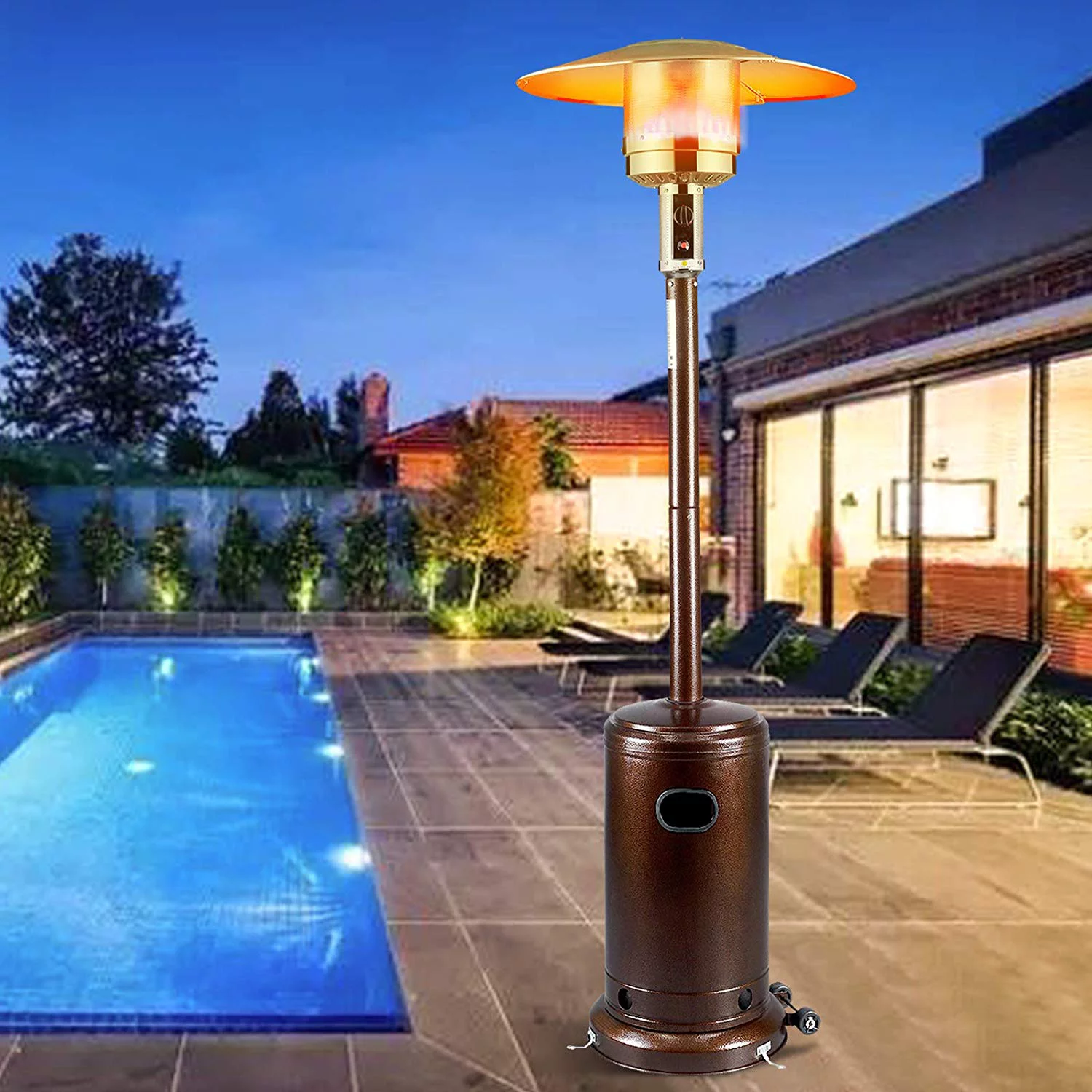
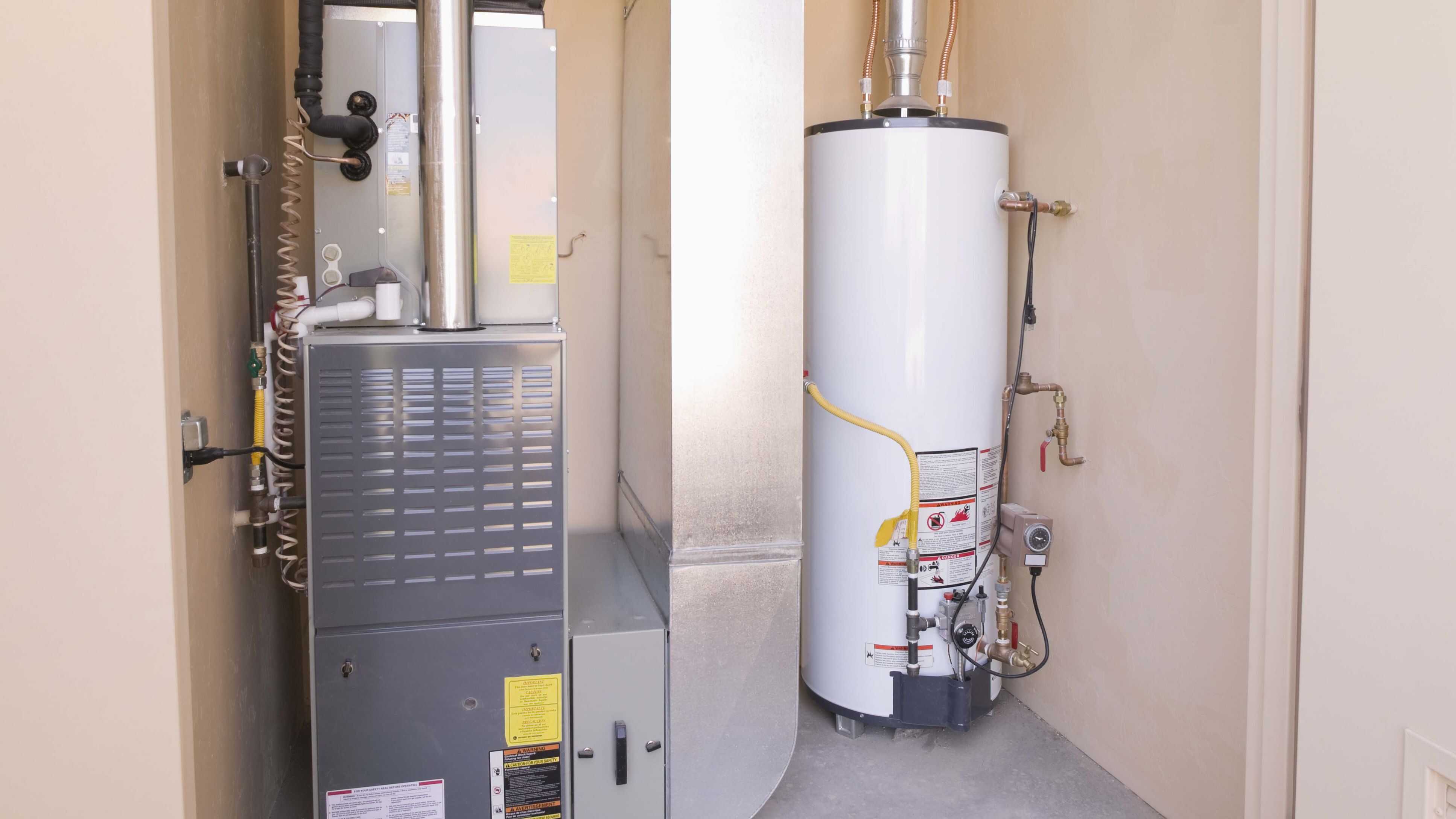
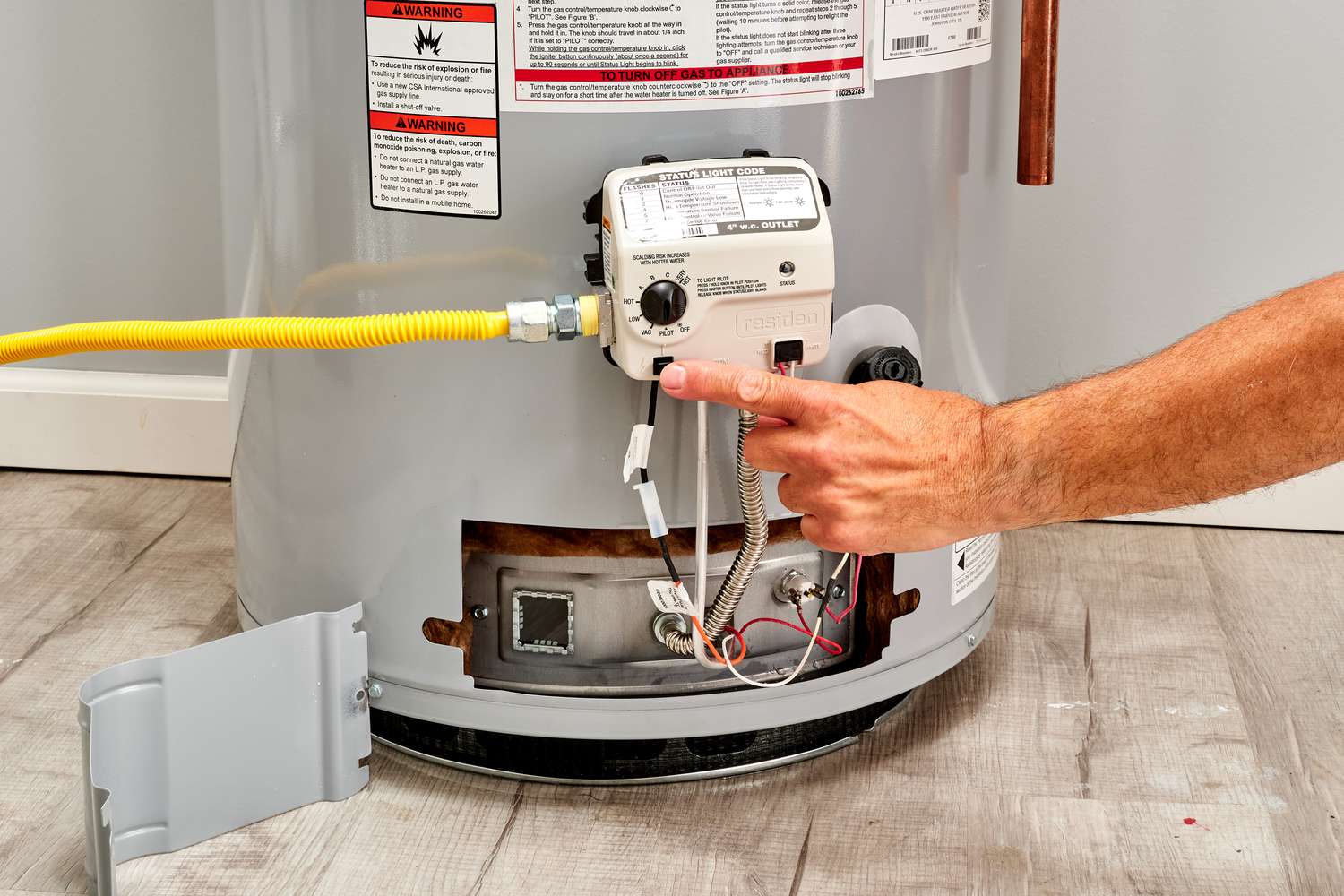
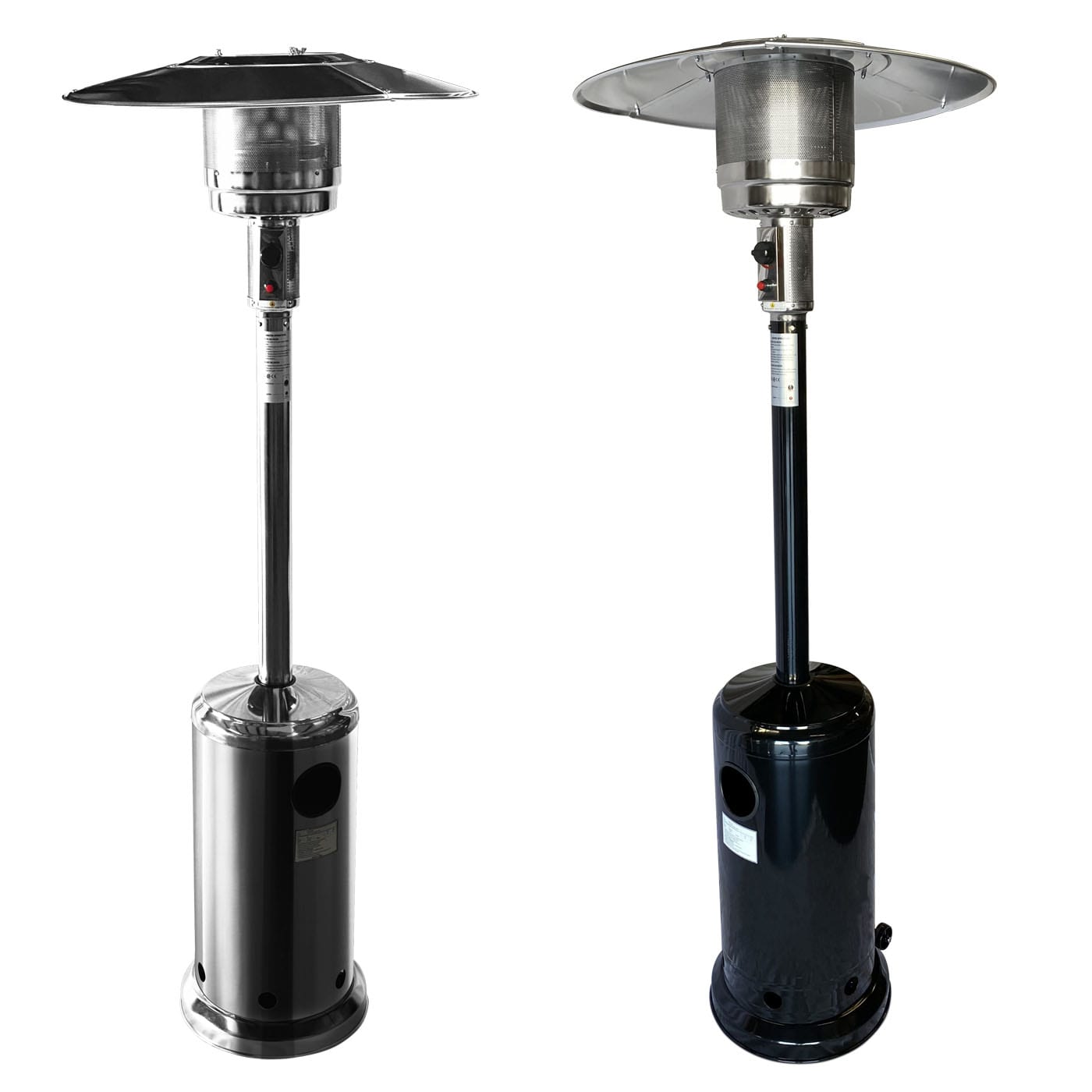
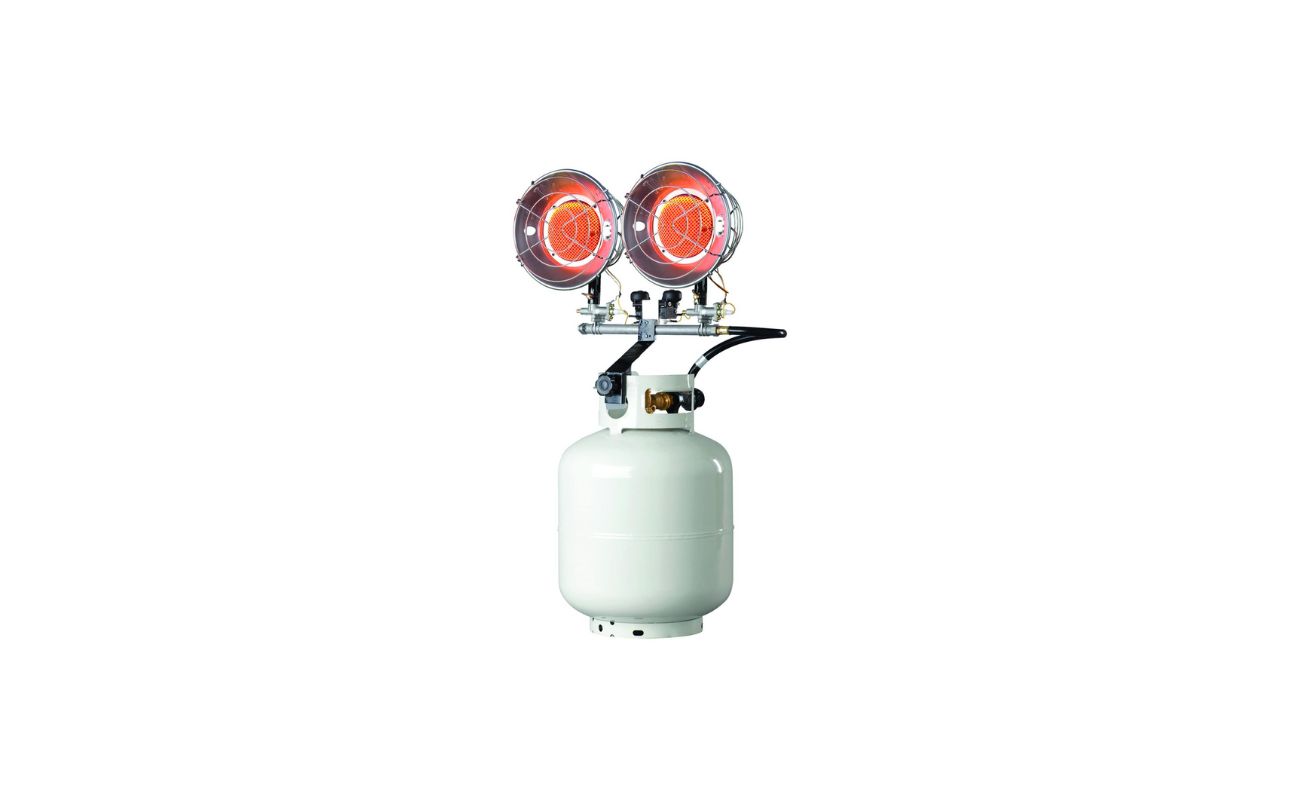
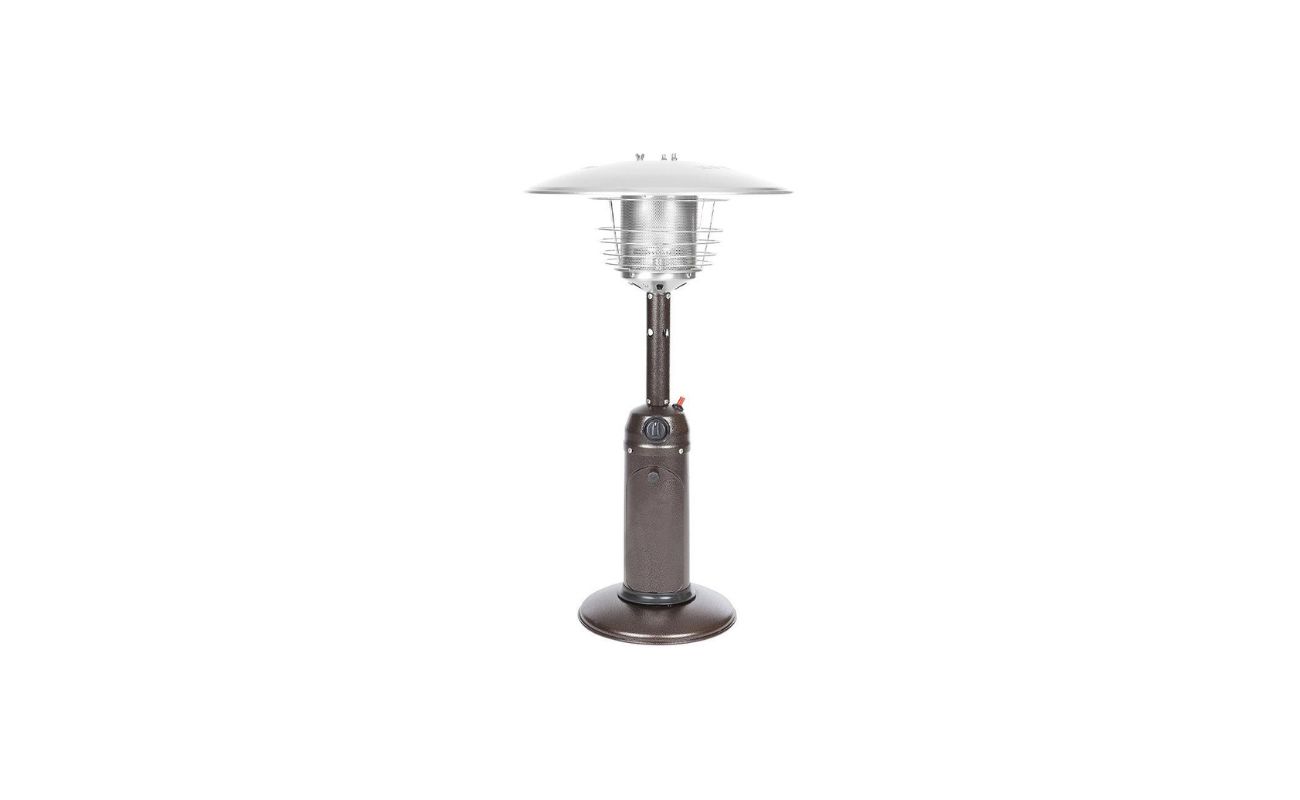
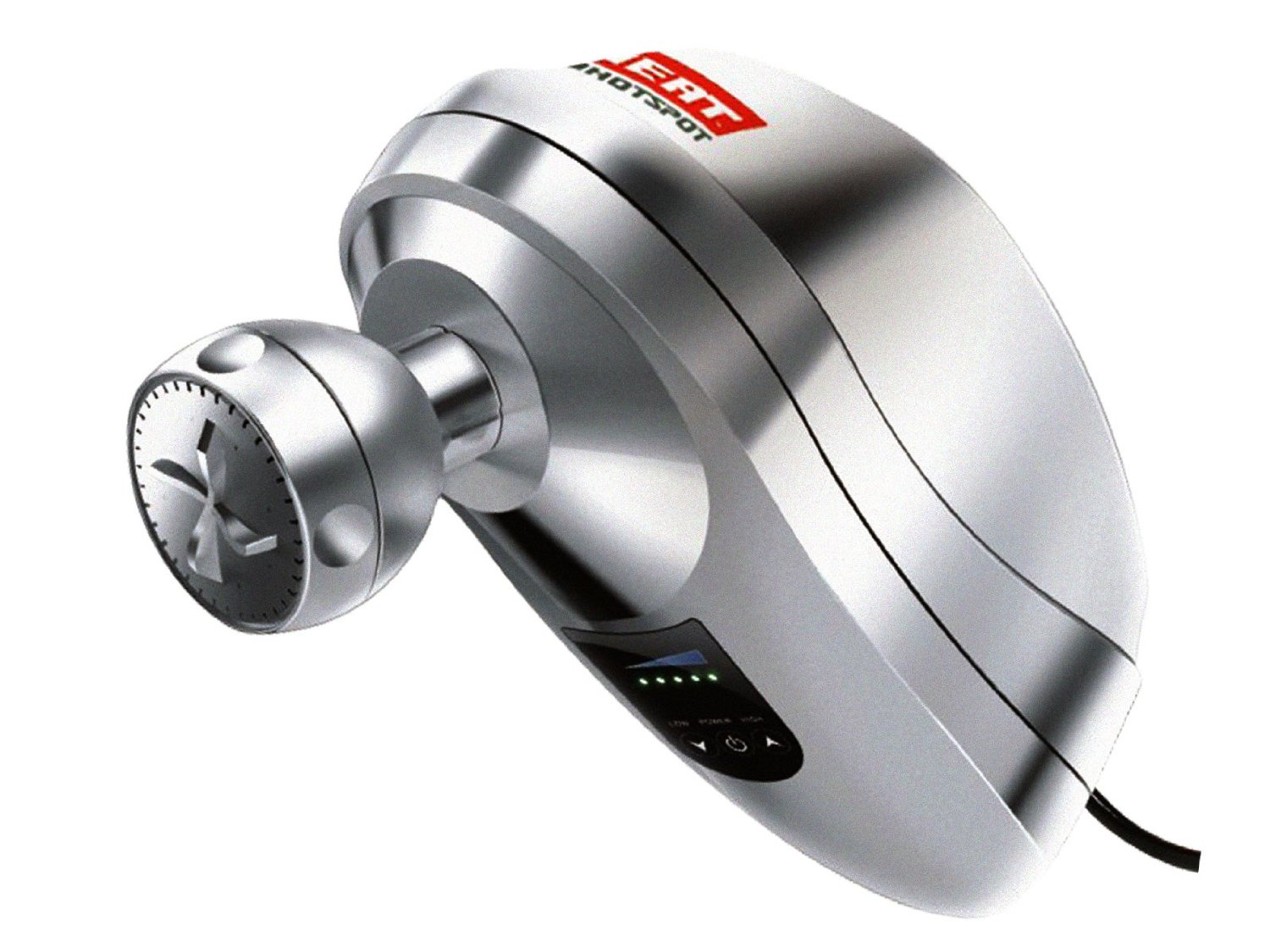
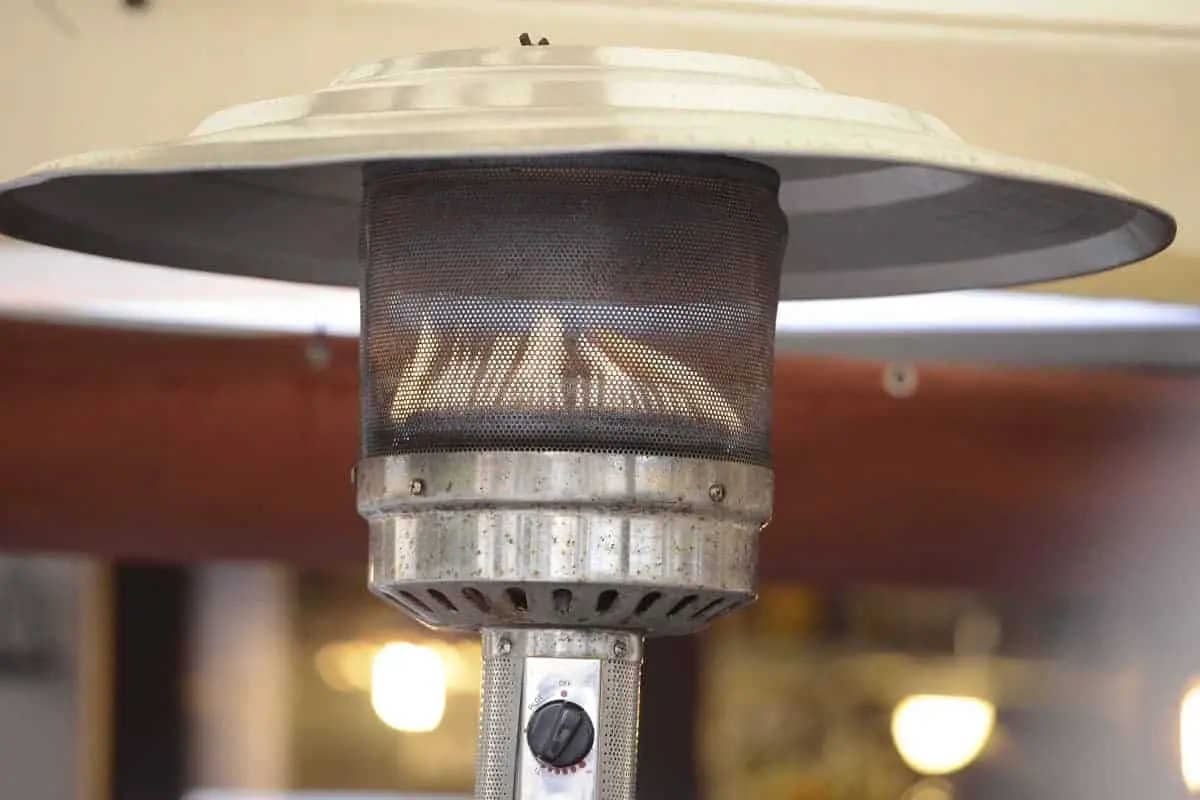
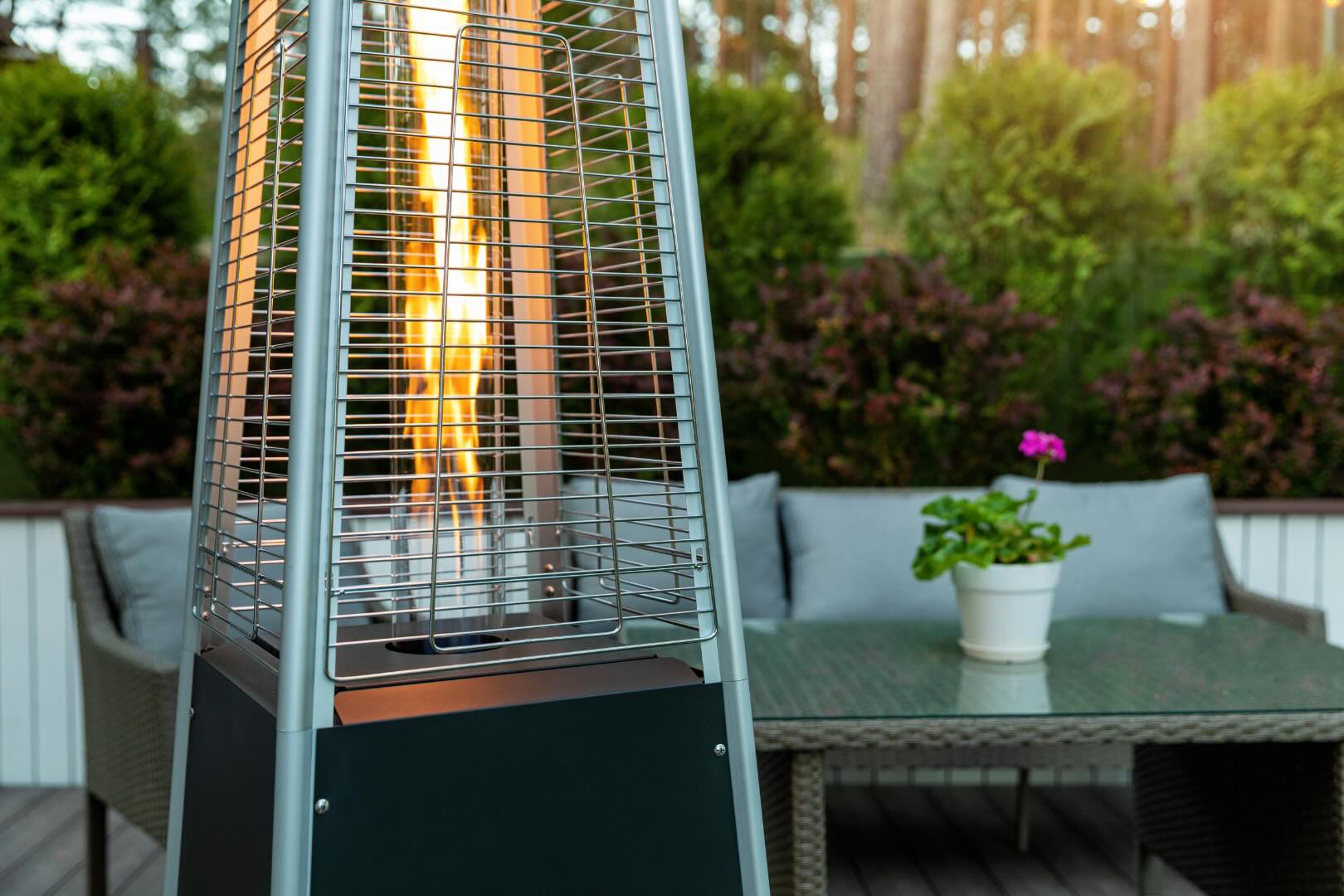
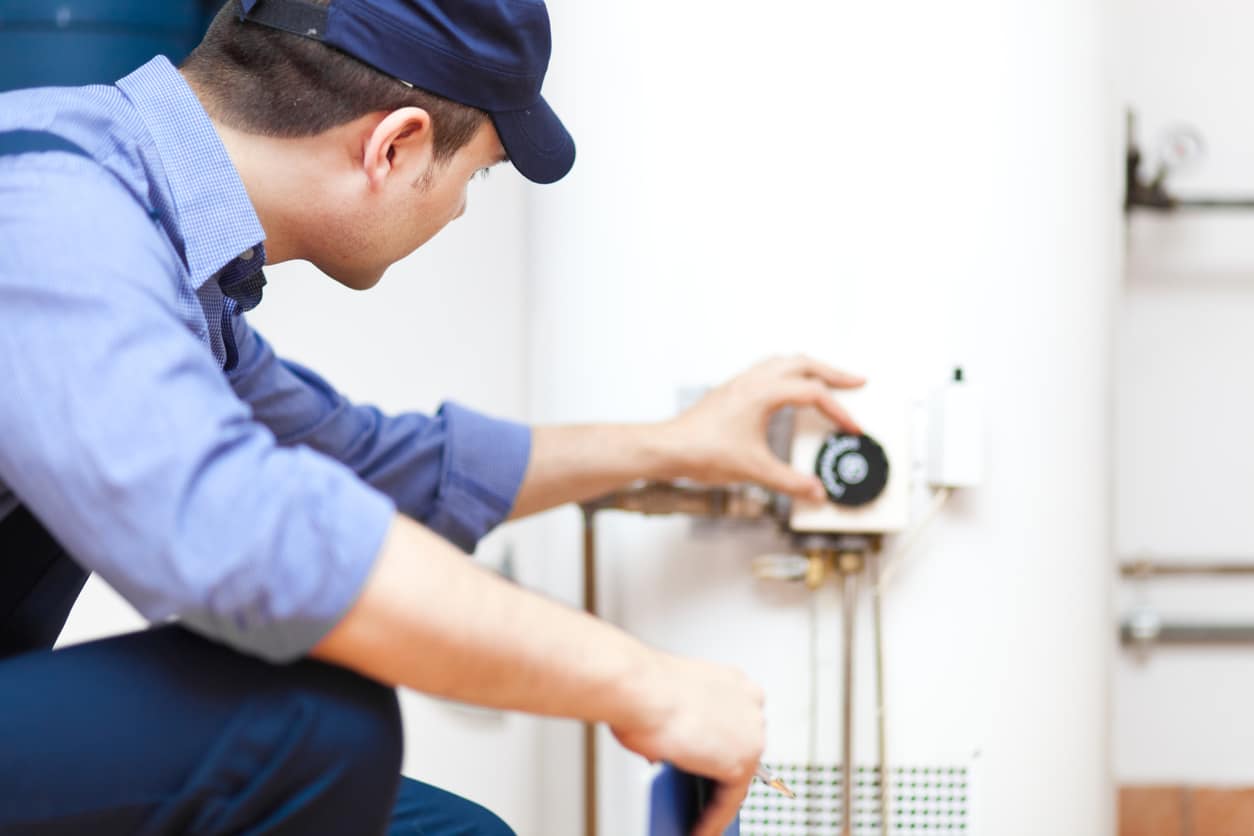
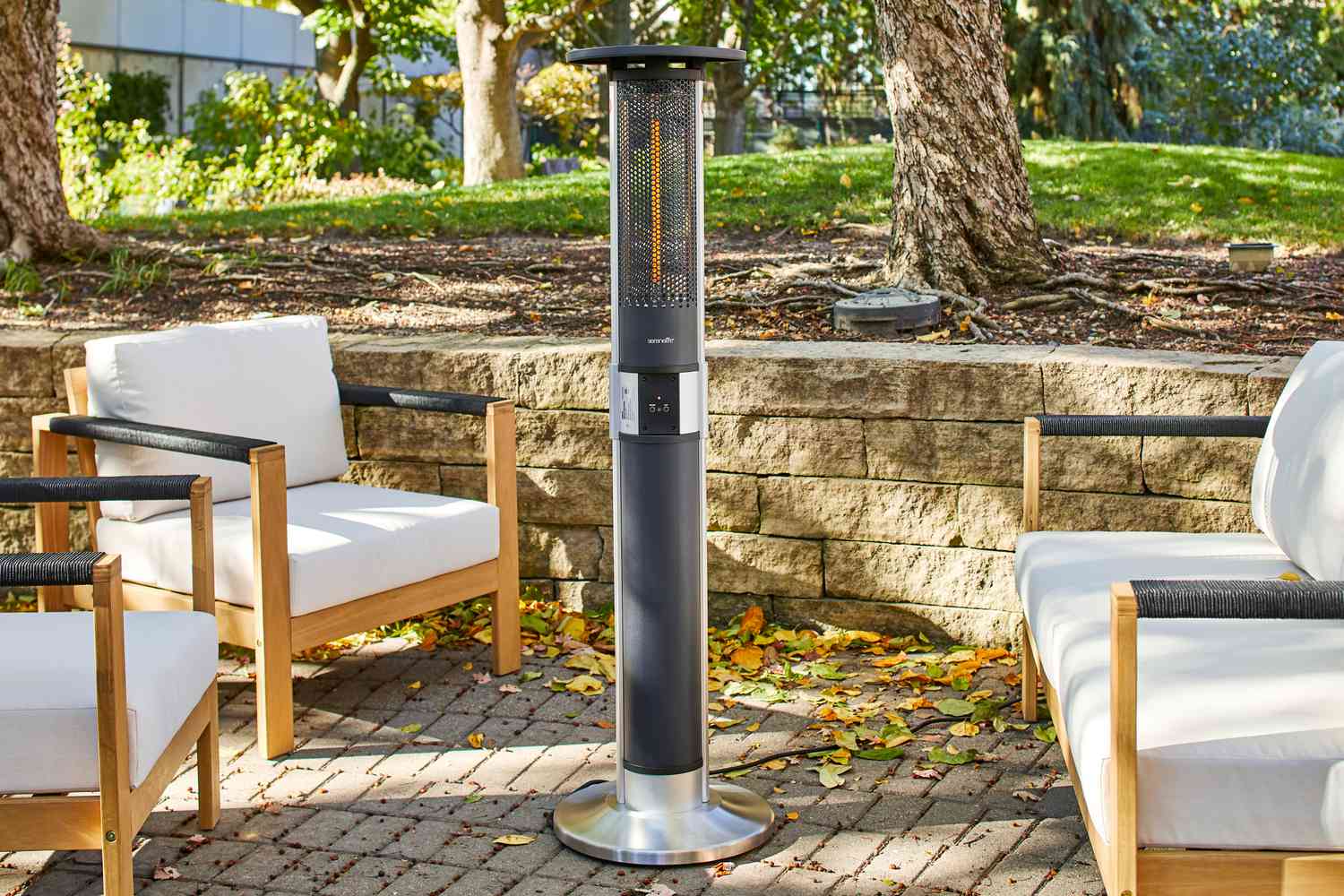
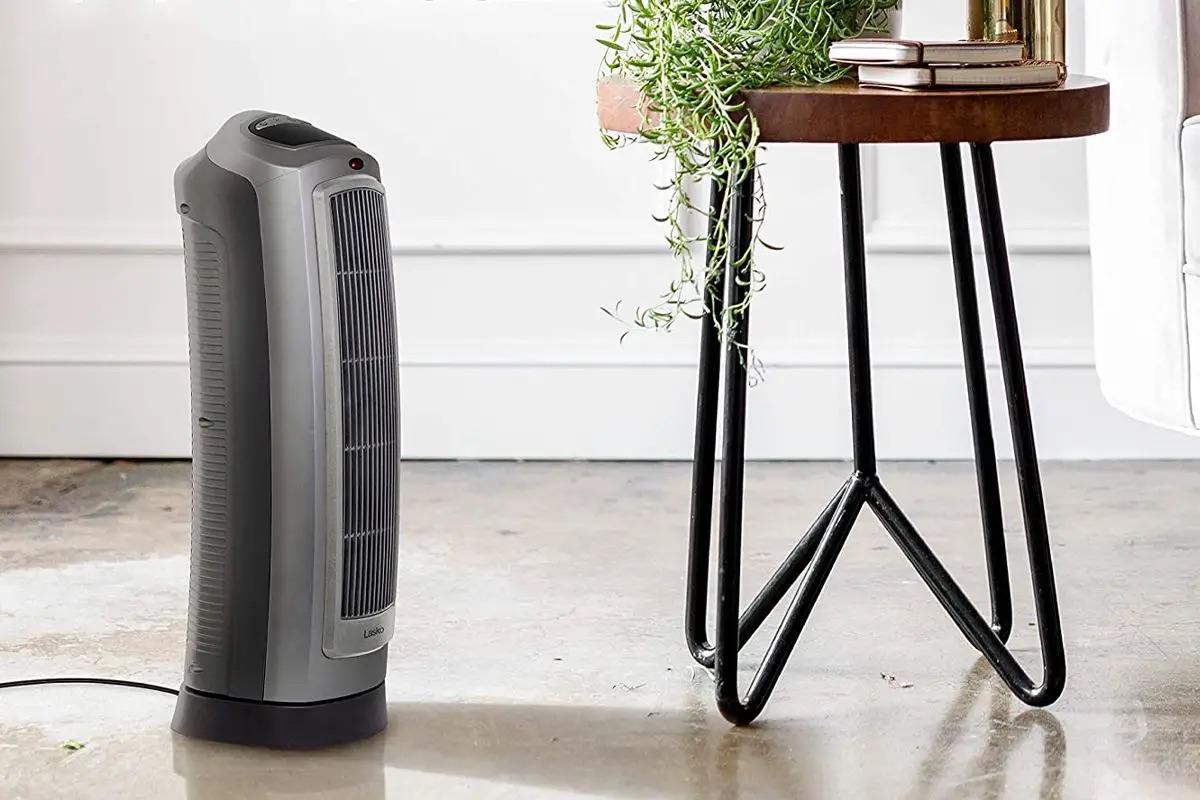



0 thoughts on “How Does A Patio Heater Work”